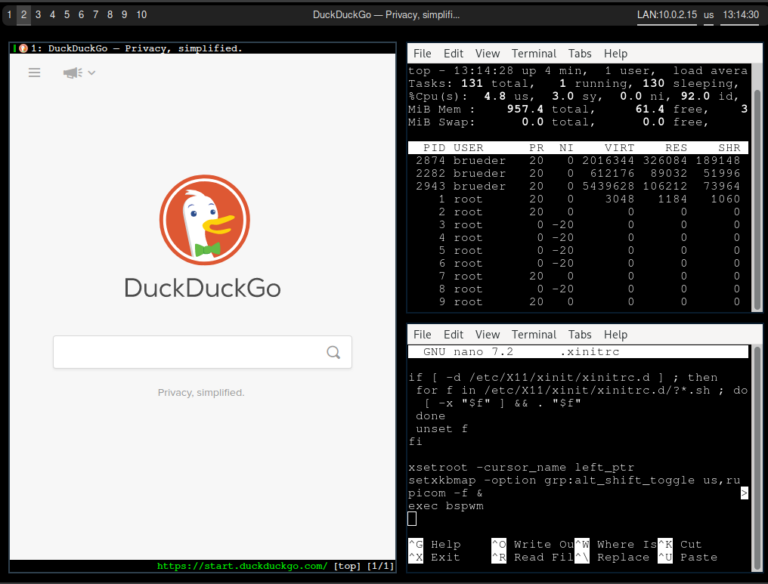Doppler effect or gravity?
Topic of discussion
In the recently published material here on the Unstable Lattice (UL) cosmological model, i.e. the model of the Universe without the Big Bang (BB), such arguments in favor of the BB as the cosmological redshift, the existence of a cosmological horizon and relic microwave radiation, which, it would seem, should not exist in a quasi-stationary Universe, were not discussed. “Photon aging”, which explains the redshift of light and the anomalous braking of bodies observed in some cases by the transfer of kinetic energy from bodies and photons to vacuum fluctuations, is questioned after modeling the braking circumstances of the Pioneer spacecraft, proving the thermal nature of braking [1]Finally, both photon aging and the gravitational “reddening” hypothesis appear incompatible with the dynamics of supernova evolution, which correlates with their redshift, but within the framework of these two hypotheses, it seems, it should not.
The first argument can be challenged by stating that an infinitely extended Universe is not obliged to be stationary, since no prohibitions on its expansion (with the corresponding red shift) for any reason have yet been invented. Another thing is that an unknown cause of expansion is currently a “superfluous entity”, and “Occam's razor” persistently recommends avoiding such entities when “inventing hypotheses”. Will it be possible to fit the red shift, etc., into the NR model without resorting, if possible, to new entities?
Let's take a closer look at the gravitational hypothesis.
An excursion into wave-particle duality
Double-slit interference of single micro-objects (photons, electrons, atoms, and even fairly large molecules) has convincingly demonstrated that they cannot be represented only as waves or only as discrete particles. When freely propagating, they behave as waves, and in interactions such as scattering, absorption, or creation, they behave as particles. They pass through the interferometer slits as waves, and on the screen where the absorption events are recorded, they behave as particles. The interferometer slits have dimensions and distances from each other that greatly exceed the dimensions of the screen particles that absorb the particles that have passed through the slits. This means that the wave front of a single particle is much larger than the region where this particle can be detected.
This is why, when passing an obstacle with an arbitrary set of holes, the wave fronts of single photons are affected by the entire configuration of holes, which affects the distribution of probable locations of photon registration after passing the screen. But in addition to the distribution of the absorption coefficient in this obstacle, other spatially extended factors can also act on the wave front.
Figure 1 shows a diagram of a double-slit interferometer located in a uniform gravitational field directed against the propagation of the photon wave front. Here, the red shift of the photon wavelength along the direction of propagation of the front, increasing as the photon moves, and the corresponding increase in the period of the interference fringes (schematically depicted to the right of the interferometer) as the interferometer moves away from the photon source, are additionally evident. This means that the gravitational field acts on the entire front in such a way that the locations of photon registration are dependent on the distance between the photon source and the interferometer.

Let's get down to business
Yu. V. Baryshev, who shared the gravitational hypothesis (which he told me about in an oral conversation), showed that from observations of galaxies located within 100 Mpc of the Solar System, it follows that their distribution corresponds to a fractal with a dimension approximately equal to 2 [2]. This means that the number of galaxies inside a sphere increases by k times when its radius increases.2 times (not in k3 times, as would be the case with a uniform distribution of galaxies in space, that is, with a fractal dimension equal to 3). The average density of matter inside this sphere with an increase in its radius by k times decreases by the same amount, on average.
Let us return to cosmological photons. Any photon emitted by a point source has a spherical wave front whose radius increases with the speed of light. The expanding spherical front of a cosmological photon (see the rough approximation in Fig. 2) is under the influence of the gravity of the entire increasing gravitational mass encompassed by the front (part of this mass in the vicinity of the center of the sphere is shown as a solid black circle). A double-slit interferometer can be moved to any section of the spherical front in Fig. 2 and an interference pattern can be obtained with some probability, just as shown in the upper part of Fig. 1 (or the entire sphere can be surrounded by interferometers and an interference pattern can be registered with a higher probability).
The spherically symmetric, on average, distribution of gravitational masses external to the wave front, displayed as a black background on the periphery of the figure, creates only some fluctuations in the gravitational field intensity (the ideal spherically uniform distribution of their intensity inside the front does not create them at all).

With a fractal, according to Baryshev, distribution of galaxies, their total field acting on a spherical front does not depend on the radius of the sphere, and a photon, experiencing the effect of a constant, on average, field of galaxies from inside the front of its wave, should lose energy uniformly in the course of increasing the radius of the front, no matter at what point of the front it was, eventually registered (already with 100% probability). Everything is as in the experiment with a uniform field, shown in the lower part of Fig. 1. Despite the unexpectedness of this approach, I did not find any weak points in it.
Thus, the constant, on average, gravitational effect on the spherical fronts of emitted photons from the gravitating masses covered by each of the wave fronts should lead to a red shift, on average, proportional to the length of the photon's path (the radius of its spherical front at the moment of its registration). The spectral shift is generally composed of the Doppler shift (red and violet, due to the spread of peculiar velocities), and the gravitational red shift, on average, proportional to the path of light from the emitter to the receiver.
In this model, the cosmological horizon turns out to be the geometric locus of points from which light can, in principle, reach the observer, overcoming the gravity of galaxies in the Universe with a fractal dimension of 2, covered by the front of its wave.
The presence of a horizon eliminates the photometric paradox, since the light does not reach the observer from all the stars in the Universe, and even that which reaches the observer from the cosmological horizon zone turns out to be significantly redder than the light coming from the Sun and similar nearby stars. That is, in reality, invisible to the eye.
The microwave background radiation in this model is the equilibrium radiation from a set of sources from the zone near the cosmological horizon, emitted about 14 billion years ago. In some sense, it is an analogue of the glow of the starry sky, only much redder, according to Olbers. The degree of isotropy of the microwave background locally corresponds to the degree of spherical symmetry of the distribution of sources near the horizon. The question of its theoretical spectrum is the topic of a separate work; it is not yet clear how to approach it. But not everything at once, as they say.
Are the arguments against the gravitational hypothesis exhausted?
Critics argue that the photon “aging” hypothesis (like frictional losses in a vacuum) only explains the cosmological redshift, but does not affect the measurement of time intervals between distant events in a stationary frame of reference. If the slowdown in the dynamics of distant supernovae does indeed correlate with their redshift, then the photon “aging” hypothesis is in a difficult position. Does this difficulty exist within the framework of the gravitational hypothesis?
Let the supernova's proper time separate the two phases of its development by a time interval of N periods of a photon wave with some reference frequency. It is obvious that a distant observer will register a time interval between these same phases, also equal to N periods of the wave of the same reference photon, but having experienced, due to the above, a greater red shift by the time of its registration. That is, the interval between the two phases of the supernova's development, from the point of view of a distant observer, should be the greater, the farther the observer is from this supernova. Which is what is observed, if we believe the reports.
From the above, I would risk concluding that serious arguments against the gravitational nature of the cosmological red shift are not yet visible. But it is too early to rejoice in victory: it is not clear how the energy, which is still being given and given by photons to the gravitational field, manifests itself, and the question of the temperature of the background radiation remains… Time will tell!
LITERATURE
1. Rievers B., Lämmerzahl C. High precision thermal modeling of complex systems with application to the flyby and Pioneer anomaly // History of Physics : journal. – 2011. – Vol. 523, no. 6. – P. 439.
2. Baryshev Yu., Teerikorpi P., Fractal structure of the Universe, SAO RAS, 2005.






